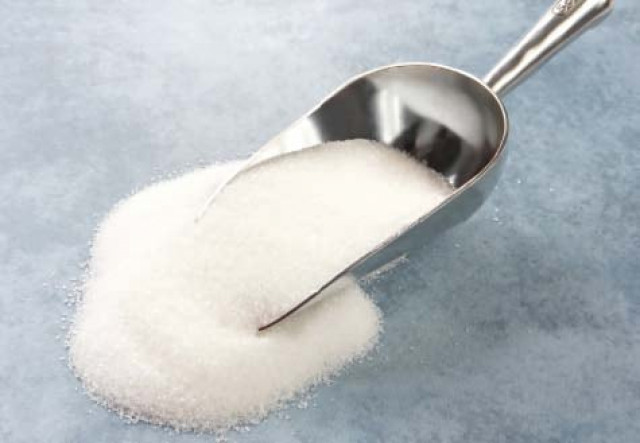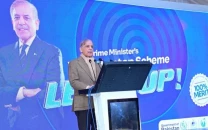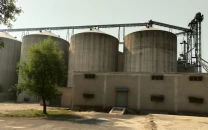Power production: Sugar mills press for higher tariff
Hold potential to generate 3,000 megawatts of electricity.

Earnings: Rs444m worth of power was sold by JDW Sugar Mills in the first nine months (July to March) of fiscal year 2011-12.
With no immediate end in sight to the acute energy shortages, sugar mills have the potential to produce a significant volume of electricity to ease the shortfall, but they need a better incentive to push ahead with the programme.
Almost five years have passed since this government came to power, no acceptable policy has been finalised and millers too have failed to come up with concrete measures to add at least 1,000 megawatts to their current minuscule power generation capacity.
Sugar barons, before going for enhanced bagasse-fired power generation capacity, seek an increase in tariff to at least 11.1 cents per kilowatt hour compared to 9.28 cents per kwh, set by the National Electric Power Regulatory Authority (Nepra).
At present, out of 82 sugar mills, only four are supplying some electricity to the national grid and in return are earning huge profits.
Jamal Din Wali (JDW) Sugar Mill, which comes on top among the four, sold power worth Rs444 million in the first nine months (July to March) of fiscal year 2011-12, according to figures given in its financial report. It is supplying 5MW on take-and-pay basis.

No other mill has disclosed electricity sales, in fact, their financial statements are not available.
These include Rahim Yar Khan Sugar Mills, which supplies 4MW out of promised 10MW, Ramzan Sugar Mills, which contribute 2MW and Almoiz Sugar Mills, which sells 4MW out of agreed 9MW, said Tahir Basharat Cheema, Chairman of the Energy Management Cell.
The sugar industry has the potential to generate 3,000MW of electricity through 12 million tons of sugarcane waste – bagasse – produced annually. All the mills have an in-house power generation system and a majority utilise it to meet their own energy requirements.
In the National Policy for Power Co-Generation by Sugar Industry (Co-Gen Policy), announced in 2006, the government offered the mills the same incentives that were enjoyed by independent power producers (IPPs). Except one, no sugar mill evinced interest in the policy, prompting the government to revise it in 2008 by taking the Pakistan Sugar Mills Association (PSMA) – a grouping of millers – on board.
The millers promised to set up power generation projects of a minimum of 60MW each to generate a cumulative 1,000MW by 2010. The capacity had to be doubled by 2012.

As power problems deepen, experts underline the need for avoiding further delay and revising the co-generation policy soon. They point out that the cane crushing season, which runs from November to April, provides an easy opportunity to produce electricity with the help of bagasse.
“This electricity can help power tube wells in winter and save crucial crops in the Rabi sowing season, which often faces the threat of water and electricity shortages,” said Ibrahim Mughal, Chairman of the Agri Forum Pakistan, a farmer lobby group.
For the rest of the year when bagasse is not available, coal can be used to generate electricity. For this, the millers need government assurances before they invest millions of dollars to establish such plants.
If coal supply is not ensured, the project will not be feasible for both the government and the mills.
Published in The Express Tribune, January 13th, 2013.
Like Business on Facebook to stay informed and join in the conversation.



















COMMENTS
Comments are moderated and generally will be posted if they are on-topic and not abusive.
For more information, please see our Comments FAQ